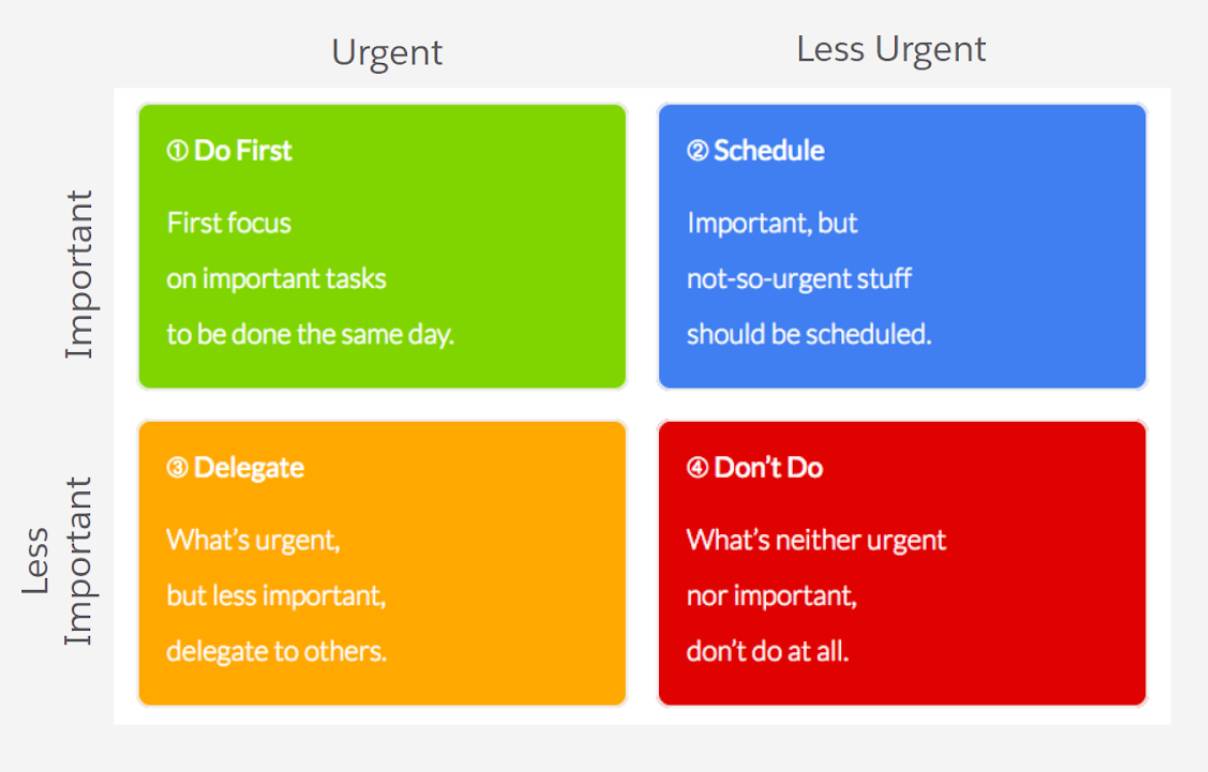Bring Empathy to Your Daily Leadership Practices
Learning Objectives
After completing this unit, you’ll be able to:
- Explain why it’s important to recognize that each team member’s circumstances are unique.
- Design everyday practices that support your team.
- Help your team members focus on their most important responsibilities.
Leading in Challenging Times
If there’s one thing we learned from the pandemic, it’s that our everyday realities can change dramatically. If you manage a team or have a leadership role in your organization, your job today may look different than it did prior to 2020.
You’ve experienced the challenges of helping your team adjust to working from home, and then readjusting to coming back to the office or working in a hybrid capacity. And you faced new demands and pressures as your team confronted the anxiety that comes with change and uncertainty.
As a leader, dealing with the challenges brought about by the pandemic gave you an opportunity to lead with empathy. And that’s a great practice to continue. When you bring empathy to your leadership, you reassure your team, help them build resilience, and keep them focused on what matters most now—during both “normal” and challenging times.
This module is meant to give you actionable tips and guidance for navigating our ever-changing new normal, and balancing work and home life effectively. (You can find templates for some of the activities in the downloadable Empathetic Leadership Pack in the Resources section.) While there are commonalities in our experiences, each individual experiences things in unique ways. In practice, that means that the strategies outlined here may not work for everyone. As with any guidance, take what works for you, and leave the rest.
Specifically, you’ll learn:
- How to adapt and transform your daily leadership practices.
- How to communicate with empathy.
- How to foster strong connections within your team.
- How to extend empathy to yourself.
Let’s start with transforming your leadership practices.
Remember, Each Person’s Situation Is Unique
Whether you lead a team of 2 or 200, you know that every one of your team members has a unique story. You should never adopt a one-size-fits-all approach to leadership, and it’s especially important now to understand what each team member needs and how you can best support them. Take a look at some examples.
Situation |
How You Can Support |
|---|---|
Your team member’s younger son was home from school sick all last week, and this week his older son came down with the same virus. |
|
Your team member has some extra time on her hands, and staying busy makes her feel focused. |
|
Your team member isn’t feeling well, but she’s worried about an important deliverable. |
|
How do you find out what each person on your team is going through and what they need? At Salesforce, we hold regular one-on-one meetings (1:1s): scheduled, informal meetings between manager and team member. These meetings can be virtual, of course. Just use a video conferencing tool, and be sure to turn your camera on so you can see each other. The next section gives some more tips for creating a deeper connection with your team members during your 1:1s.
Make Your 1:1s Meaningful
1:1 meetings give you the opportunity to learn what challenges your direct reports are facing, as well as what motivates and inspires them. And holding regular 1:1s shows your team that you’re invested in them, their goals, and their success. They’re more likely to feel engaged, be productive, and be confident that they can overcome obstacles.

If you don’t already meet one-on-one with your direct reports, now’s the time to start. And if you do, reaffirm your commitment to the practice. Regularly sharing your time, attention, and willingness to provide support lets your team know you care.
Adopt these practices to make your 1:1s meaningful.
-
Honor your 1:1s. If you must cancel a meeting, reschedule it for another day the same week.
-
Turn your camera on (most of the time). Show how you look and where you are, and encourage your team member to do the same. But be aware of video meeting overload. Attending video calls can create physical and mental fatigue. So give your team members and yourself permission to turn the camera off when one of you needs a break.
-
Be present. Give the conversation your full attention. Practice active listening: Make a conscious decision to listen to and understand what your team member is saying. Show your engagement by maintaining eye contact, nodding and smiling, and responding to reflect on or clarify the message.
-
Connect on a personal level. Take your time. Get to know each other as humans with lives outside of work. Authentic, human conversations are a powerful way to drive performance and impact. And sharing some of your own challenges can show your team that we’re all in this together.
-
Ask specific questions. Find out if your team member is overworked or is working on something that’s no longer a priority. For example:
- How are you doing right now?
- Do you need to adjust your schedule?
- What are you working on this week?
- What support do you need from me right now?
-
Share resources. Encourage your team to take advantage of programs and benefits that can assist them, such as wellness benefits, free online fitness classes, or paid-time-off policies.
What about coaching and feedback? Your direct reports still need you to give them feedback on their performance and coaching to help them get the job done. Learn more in the Coaching & Feedback module here on Trailhead.
Help Your Team Focus on What Matters Now
It’s always important to be flexible and adapt. Take another look at the plans you made at the start of the year or the beginning of the quarter. Are the priorities you identified still the right ones? Are the timelines you set still achievable?
If you use an organizational alignment tool like the V2MOM to clarify your team vision, revisit it at regular intervals and tweak it as needed. You can adjust targets, capture new work that has emerged, cancel work that isn’t essential, and identify obstacles.
Help each of your team members understand what to focus on and what to let go. In your 1:1s, review their list of projects and responsibilities. Be explicit about which items on the list are top priority, and give them permission to postpone or scale back everything else.
Prioritize Your Team’s Tasks Effectively
It’s not always straightforward to prioritize your team’s work. Try using a prioritization matrix to balance day-to-day demands and long-term initiatives, while keeping in mind workload, deadlines, and the perceived importance of each action item.

Sort tasks into one of four buckets—do first, schedule, delegate, and don’t do—based on importance and urgency. This helps you identify what your team should do first, what they can do later, what they can delegate, and what they don’t need to do at all.
Be strict when you’re sorting tasks—if you’re putting too many tasks in the do-first quadrant, you may not be prioritizing effectively.
Reallocate with Empathy
As you adjust your goals, you may need to temporarily—or even permanently—reassign team members to work on them. In some cases, you may give team members new responsibilities or tasks. In other cases, you may need to move someone into a new role.
Change can be stressful or frightening, particularly for people taking on a different role. You can support your team members through the transition. Listen to their concerns and help them get training to reskill and handle new job functions. If possible, pair them with an onboarding buddy who can share knowledge and help them settle in.
Unexpected changes like these can be nerve-racking. But they can also present opportunities for your team to learn and grow, and for team members to discover their capacity for resilience.
Support Your Team’s Professional Development
We just talked about how business needs may dictate changes to your org structure, and how you might need to reassign team members to new jobs. Even if you have to do that to keep the lights on, you're still invested in your team’s professional development. And you can still coach them to define, plan, and work toward specific long-term goals. As your business changes, help your team members understand the landscape and reskill to meet new opportunities. Point them toward that sweet spot where their strengths and interests overlap with business needs.

Employees who feel that they can develop their careers in your organization are more motivated and engaged, and more likely to stay with you. Now more than ever, organizations need a skilled, flexible workforce to respond to a rapidly changing environment.
Hold regular career conversations with each person on your team, where you discuss their goals and develop an action plan. The plan might include stretch assignments, job shadowing or networking, or training. Make a point to check in later on how the action plan is going.
These are just a few ways you can express empathy through your everyday leadership activities. Up next, we review ways to communicate with empathy to your team.
Resources
- Trailhead: One-on-One Meetings
- Trailhead: Coaching & Feedback
- Trailhead: Organizational Alignment (V2MOM)
- Downloadable Activity Guides: Empathetic Leadership Pack